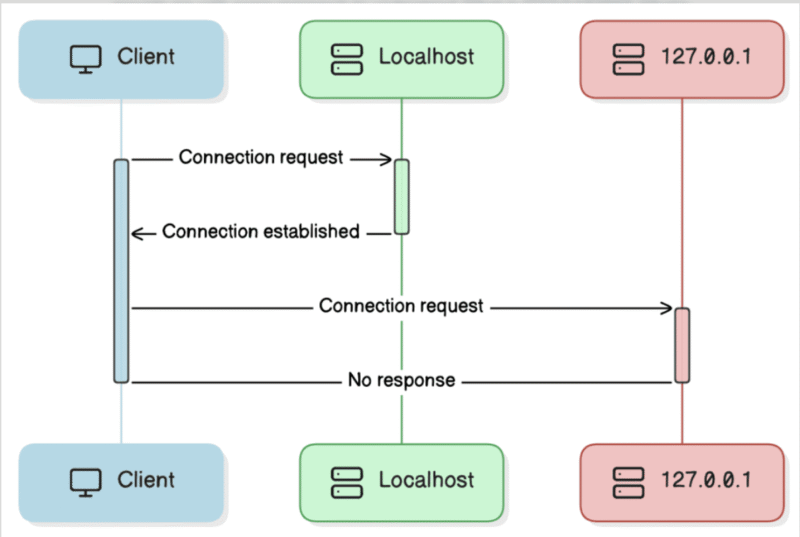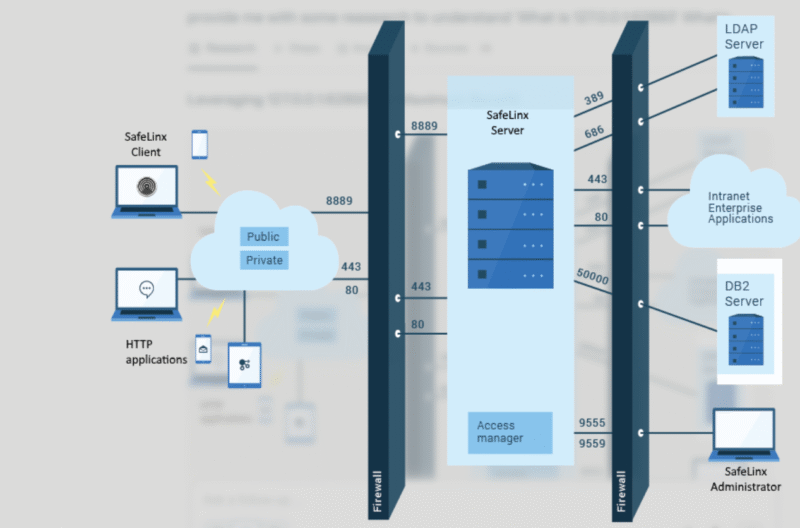Last updated on August 17th, 2025 at 09:06 am
Has 127.0.0.1:62893 ever blinked at you in the terminal and left you in total silence? Plenty of devs have felt the same pause. This string crops up all the time and mastering a quick way to fire it up keeps you in code flow, not in frustration.
Let’s decode it and turn you into a localhost-rules master on the spot.
Table of Contents
What’s Behind 127.0.0.1:62893?
Picture it like your laptop’s internal speed dial. Here’s the quick translation:
- 127.0.0.1 = the computer’s home call-path, also known as localhost
- 62893 = a temporary port pulled from the high end of the range (49152–65535)
Put them together, and you have your in-house showtime: the app you’re coding is listening on that port. Whenever you see this, your machine is the sole server, and the port 62893 is its channel for serving up requests. The coolest part? Everything happens zero feet from you—no real network crossing the pipeline at all.
How Applications Use This Address

Port 62893 is your dev-tool bestie—it turns up everywhere you’d expect something auto-magic:
Local Servers: React, Flask, Django, and Node apps reach for 62893 the instant preferred ports go on vacation. Think of it as the quick pass at the non-urgent ER of TCP ports.
API Playground: If you’re wrapping an API, 62893 is your sandbox. Fire lots of requests, have a look at the replies, and squish any bugs like an overripe grape, all without leaving a scratch on the production dress rehearsal.
Microservices in Containers: Each microservice on the same host spins up a new 62893 relative (like 62894, 62895, and so on) so they can all gossip privately even on a shared machine.
Common Issues and Quick Fixes
Connection Refused—Seriously.
Got a “connection refused”? Time for a mini bleeps list:
- Is the service really up?—not a trick question, and it usually turns the lights on
- Same port—double-check you didn’t mis-type, ‘cause stuff loves wandering
- Fancy firewall?—check if the shield is axing localhost requests like a picky bouncer
Port Already in Use and You’re Cranky
62893 is boom—abandoned. Time for one of these trailers:
- Light the existing holder—zoosh it if you’re in the mood
- Change your app’s booking—stick a new port in your config
- Relax and let it go—wait for the lucky app to die or reboot
Bonus: run netstat -an | grep 62893 to discover the unwitting squatter.
Browser Can’t Connect
Whenever your browser won’t reach the localhost IP:
- Inspect the address bar again—mistyped letters love to sneak past us.
- Launch a different browser—cache quirks often send the wrong coupon and it’s not worth the fight.
- Flush the cache—yesterday’s files and today’s localhost ports rarely cooperate.
Sane Security Habits

Even localhost deserves respect. Here’s the quick to-do:
Bind to the right ring—service bindings to 127.0.0.1 keep the finish line to your own screen. 0.0.0.0 throws the door wide outside the apartment and it should feel wrong mid-dev.
Feed the firewall a sensible diet. Tight ports keep the game contained to only your box, and nobody else’s bedtime influence.
Isolate the build barn. Dev and prod are roomies only in hack-talk; throw the right VLAN curtains and save one accident-free evening.
Deep Troubleshoot Tricks
When the standard script falls, the big kids arrive:
Netstat LEGO—display ports and connection stacks in one flat view; find the port the wrong phantom thread glued itself to and hush it.
Telnet teeny test—“telnet localhost 62893” asks the door, the door gives a ping. Or the server is snoring.
Browser dev UI—Network view. Flush Settings, Count Requests, Filter to localhost, and report the byte-toll exactly.
HTTPS Setup for Local Development
Local development increasingly demands a secure connection. The usual approach is to produce self-signed certificates and tell your local server where to find them. While this sounds tedious, the benefit is immediate—you can experiment with secure APIs, feature flags, and service workers without pushing code to a distant staging server.
Integration with Development Workflows
Experienced developers weave localhost security into the daily toolkit:
Automated Port Management: Set your editor or toolbelt to automatically claim a port and refuse to start when it’s busy, cutting down startup delays.
Container Orchestration: If you’re spinning daily services with Docker, configure compose to route localhost443 to the correct container so dependent services find it easily.
CI/CD Pipeline Testing: Hook the same certificate into your continuous integration step, ensuring that local tests in the pipeline run the same secure code path your browser does.
When Things Go Really Wrong
When the usual fix won’t budge, a deeper dive is warranted:
Dependency Conflicts: A stray npm package may hijack port 443 or 3000. Study changelogs to see if any import is explicitly or implicitly hardcoding a socket.
Operating System Limitations: The localhost stack varies if you’re editing on macOS, Windows, or a custom Linux kernel. A config that flies on Big Sur may choke on Ubuntu 22.04.
Virtual Environment Issues: Vagrant, Docker, and WSL add levels of NAT and proxy. Trace the route of a connection from the host, through the VM, back to the dev server to find where packets vanish.
Bottom Line
When you grasp what 127.0.0.1:62893 really signifies, you stop being the dev who cuts-and-pastes commands and start being the dev who sees exactly what’s going on. From hunting down that misguided API call, bringing a fresh dev box to life, or uncovering the mystery of a silent localhost, these simple practices will shave minutes off each crisis and keep the irritation to a bare minimum.
The next appearance of that address will no longer be a mystery in your shell. Instead, it’ll trigger a set of steps you trust. Your later self will definitely appreciate the habit the moment a component breaks at 2 a.m. and you already know the most likely fix.
Want the badge of honor that says you’re the localhost rescue squad your squad has always wanted? Nail the foundations, get comfy with the right commands, and keep in mind: every hero in routing tables began with the same scene you’re looking at right now.
I’m a technology writer with a passion for AI and digital marketing. I create engaging and useful content that bridges the gap between complex technology concepts and digital technologies. My writing makes the process easy and curious. and encourage participation I continue to research innovation and technology. Let’s connect and talk technology! LinkedIn for more insights and collaboration opportunities:
